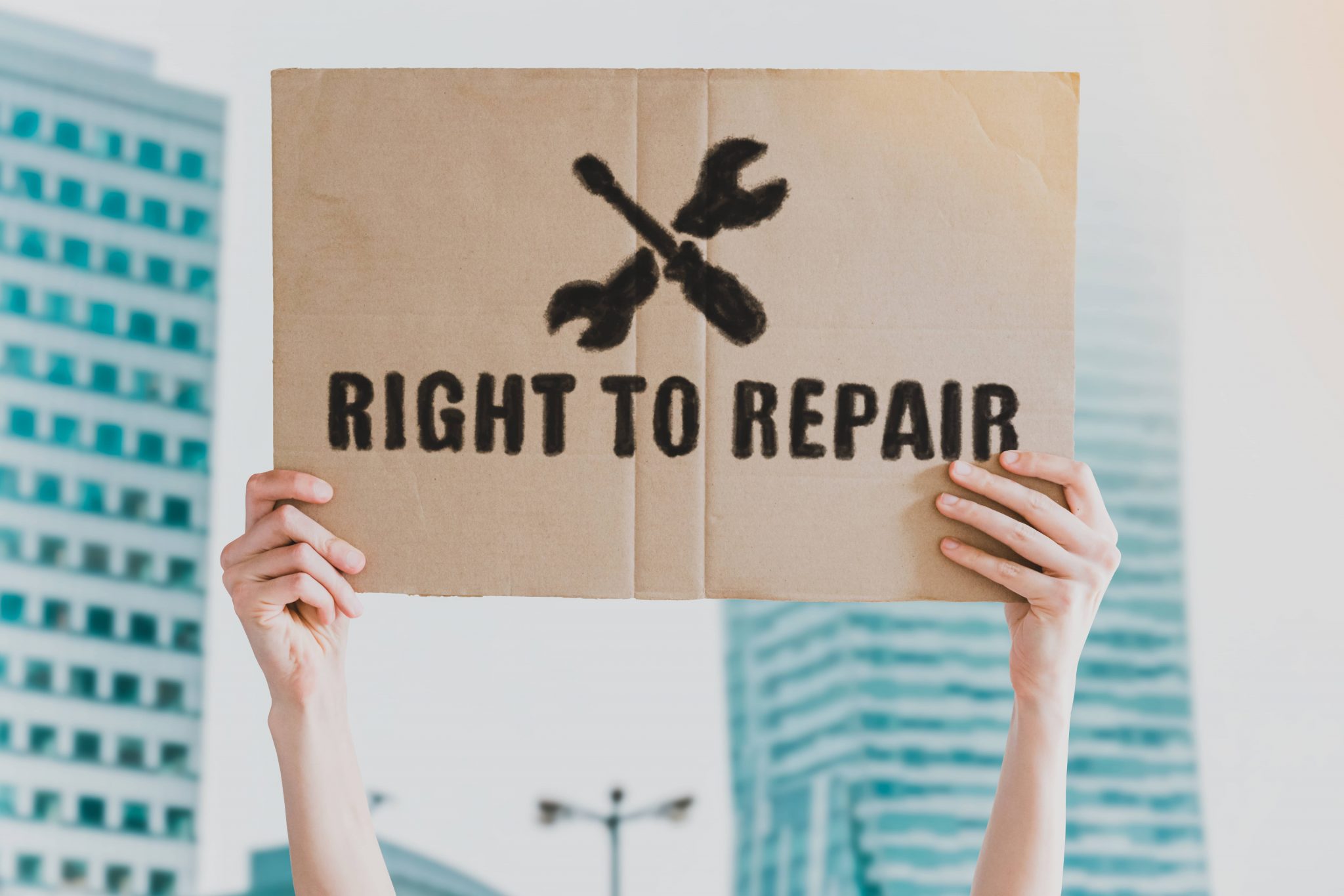
10 Sep Have You Heard About “Right to Repair”?
This Growing Movement Can Help You and Your Business
Over the last several years, we’ve seen increasing attention to the controversial issue of “Right to Repair”. Many states and now the Federal Government have had complaints primarily from consumers that they are denied the right to repair their own devices, cars, appliances, computers, etc. Big OEMs like Apple, John Deere, Cisco and many others are fighting the movement, but it’s gaining momentum as more laws and regulations are being passed to help the buyers and users of all types of equipment.
TPM Industry Has Been Fighting Right to Repair
All Along with Great Success
We’ve talked to you about many of the myths that the OEMs promote about warranty support, software updates, bug fixes, approved maintenance vendors, etc. Certainly, we’ve heard them all and have helped many of our partners effectively address these issues. But they are still out there and the OEMs will continue to fight consumers and businesses because maintenance is such a high profit margin business for them.
Over the next several weeks, we’ll bring you up to date about what has been happening with right to repair. The good news is that there will be a spillover effect of the heightened publicity from the consumer side. And we want you to be familiar with the concepts and know how you can use right to repair to your advantage is dealings with OEMs and TPMs.
Recent FTC Report to Congress Highlights the Right to Repair Issues
Because of complaints from consumers and other industries, Congress asked the Federal Trade Commission (FTC) to investigate the issue of right to repair. After a period of comments from the public and study by the FTC, in May of 2021 the FTC issued an extensive report to Congress entitled: “Nixing the Fix: An FTC Report to Congress on Repair Restrictions”.
We’ve obtained a copy of the report and reviewed it. What follow is some observations on the main themes of the report.
In the introduction, the main rationale for making the investigation and report is that there are monopoly and anti-competition factors at work in the way that OEMs have tried to tie the hands of parties who have bought their products. While at Smart 3rd Party, we are primarily dealing with bigger companies, the fact is that these issues affect us all with our smartphones, laptops, home appliances, cars, etc. We’ve spoken many times about the myths that OEMs propagate about warranties, software, availability of spares, etc.
The Barriers that OEMs Use to Limit Outside Repair
The OEMs are crafty and they are desperate to restrain outside repair either by the end user or third parties.
First, they can make it physically difficult to repair equipment by having the device be hard to open, require special tools to make repairs, or glue/solder the equipment in ways that lessen access. They can also design a product in such a way that third party repair can appear to be less safe.
Another common tactic is to make unavailable parts, manuals and diagnostic tools. At the same time, either online or by software, they can steer end users and/or third parties to the OEMs own repair networks making it seem that is the only option.
Legal tactics can include tough end-user license agreements or asserting patent rights and trademarks.
The OEMs use software locks and other digital or online roadblocks to make it much more difficult to make repairs.
Finally, when all else fails, they will disparage third party repair shops or TPMs and tell tales of woe about end-users who dared to repair their own equipment in the interest of cost or efficiency.
Manufacturers’ Excuses for Repair Restrictions
The OEMs are very motivated and savvy, so they’ve developed their messages in favor of non-repair by outsiders. The FTC report goes into detail on the following list of excuses that OEMs use to limit outsider repair:
- Protection of Intellectual Property
- Safety
- Cybersecurity
- Liability and Reputational Harm
- Design Choices and Consumer Demand Drive the Repairability of the Devices
- Quality of Service
Similarly, third party and end-user repair advocates respond with their own responses to the OEM rationale. The FTC summarizes these counterpoints as follows:
- Timing of Repairs (get done now rather than on OEM schedule)
- Price of Repairs (most of the time, much more cost effective)
- Environmental Harm (forced to discard because non-repairable means much more scrapped devices before true useful life over)
- Small businesses and employment (open repair gives more small guys opportunities)
Summary of Takeaways:
As noted at the outset, these “right to repair” issues have been around since the industrial revolution. In the world of IT infrastructure, this desire to find better and more cost-effective ways to manage the entire useful life of expensive OEM equipment has given rise to our industry. We encourage you to learn more about right to repair and understand how it can work for you.
We will offer more information in future blogs.


No Comments